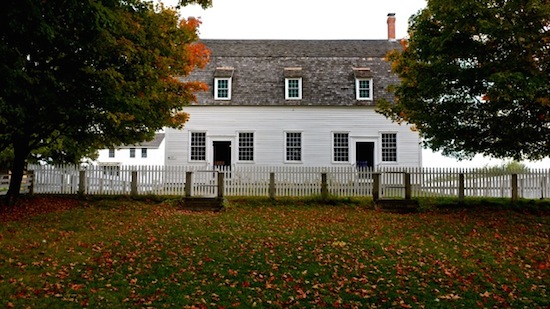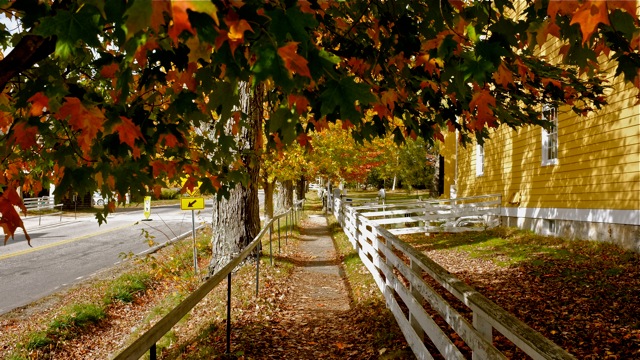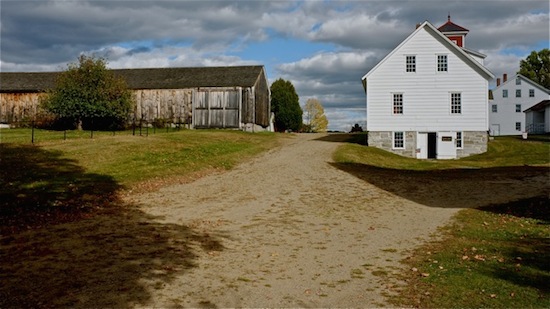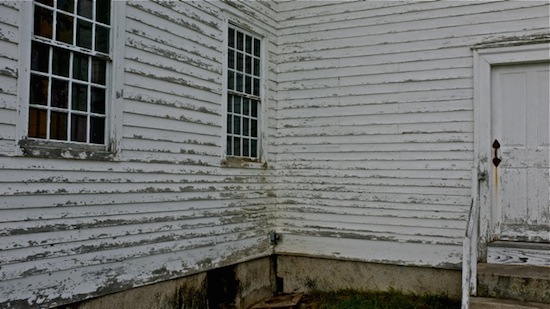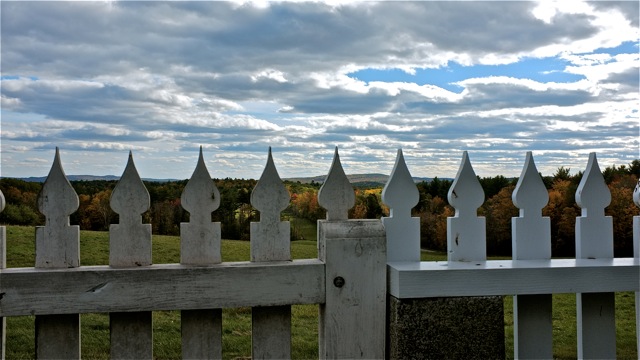
The beauty of Shaker furniture
On Thursday, Dec. 12, The Art Complex Museum, in Duxbury, Mass., will offer a program on Shaker furniture.
The museum explains:
“Hands to work. Hearts to God. They called themselves the United Society of Believers in Christ's Second Appearing, but the world called them Shakers because of their ecstatic dancing. The collection of Shaker furniture and crafts at The Art Complex Museum is widely recognized among experts for its fine examples of classic Shaker design. The initial interest in Shaker objects was inspired by Maud Moon Weyerhaeuser Sanborn (the grandmother of current museum director, Charles Weyerhaeuser), whose home in the Berkshires was close to the Hancock and New Lebanon Shaker communities. Participants will discover how Shaker communities celebrated the holidays, and how objects from the collection were used in daily life.’’
The most famous Quaker center is Shaker Village, in Canterbury, N.H. The village was established in 1792.
At its peak, in the 1850s, more 300 people lived, worked and worshiped in 100 buildings on 4,000 acres in the central New Hampshire town, farming, selling seeds, herbs and herbal medicines and making textiles, pails, brooms and other products. Wikipedia says that “the last resident, Sister Ethel Hudson, died in 1992, and the site is now a museum, founded in 1969, to preserve the heritage of the utopian sect.
“Canterbury Shaker Village is an internationally known, non-profit historic site with 25 original Shaker buildings, four reconstructed Shaker buildings and 694 acres of forest, fields, gardens and mill ponds under permanent conservation easement. It has been designated a National Historic Landmark for its architectural integrity and significance.’’
Perhaps the Shakers were doomed by one of their rules — celibacy.
Canterbury Shaker Village, circa 1906
New Hampshire's lovely, strange, sad Canterbury tale
Commentary and photos by WILLIAM MORGAN
One of the treats of living in New England is spending a glorious October afternoon in New Hampshire. And of all the delightful, picture post-card perfect towns, one of the least unspoiled is the Shaker Village at Canterbury. (More photos below.)
There has been enough written about the Shakers. Yet a place like Canterbury can be very seductive: a utopian community where celibate people trying to be holy lived the simple life, farming and crafting timeless furniture.
Still, there is always a sense of unreality at most historic villages, such as Williamsburg or Plimoth Plantation. Canterbury has been saved from the worst excesses of that syndrome by not having a lot of money – the place is clearly struggling, buildings need paint and repair, while ghost tours, antique -car shows and the gift shop can only bring in so much revenue.
And, as with any Shaker community, no matter how well interpreted, there is still a dark side, a sadness. Besides the people fleeing the industrial life in the 19th Century, not to mention the creepiness of sect founder, Mother Ann Lee, one cannot escape the poor business model of an enterprise that relied solely on converts for growth.
In 1850, the Canterbury Shaker Village had 5,000 acres; today there are less than 700. But that land protects the community from whatever kind of trailer-park development would seek out a back-of-beyond rural area with no industry or promise of work. So, while ostensibly preserving the legacy of Shakers, Canterbury has maintained a real slice of what much of New Hampshire was like before World War II.


